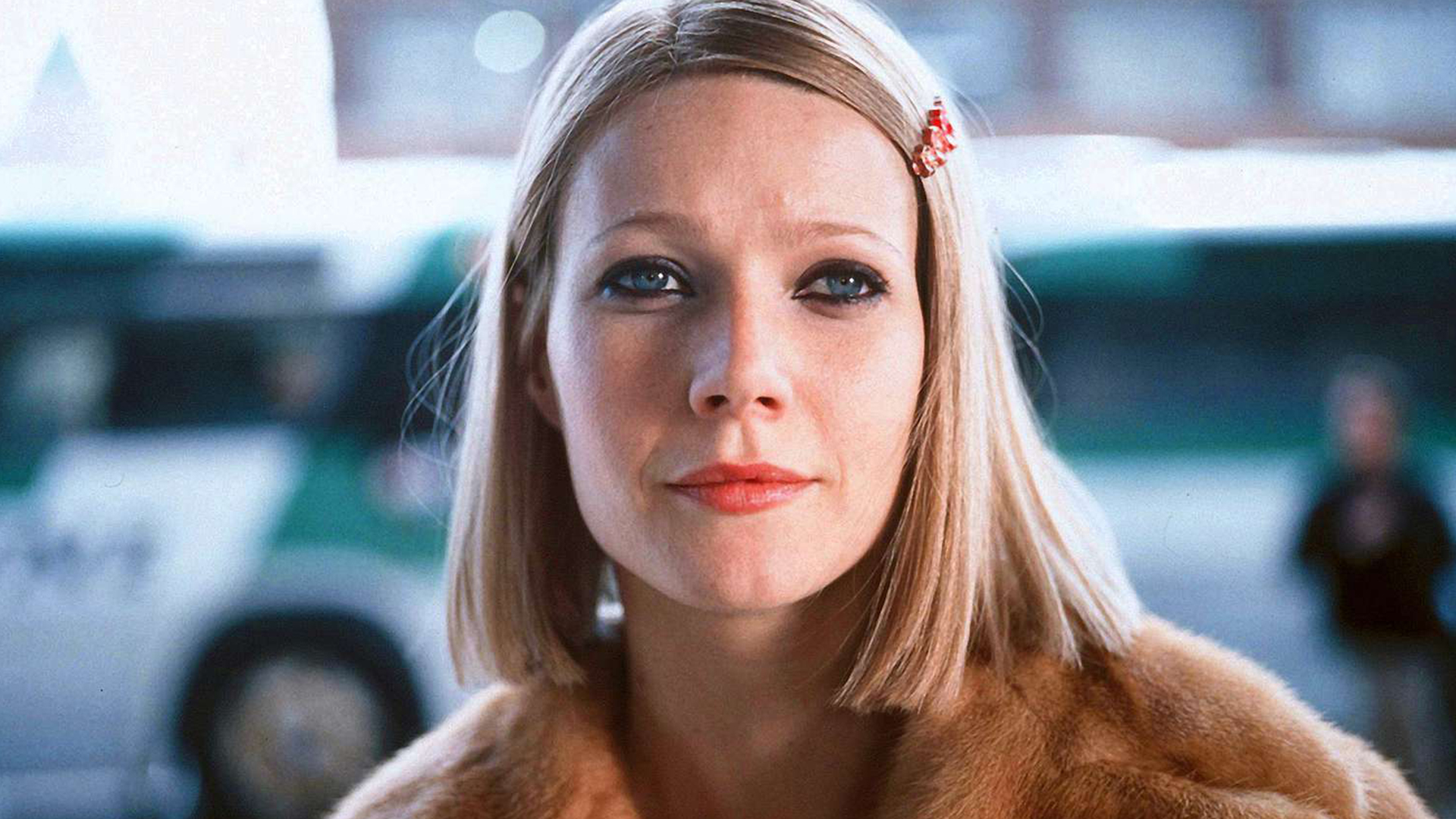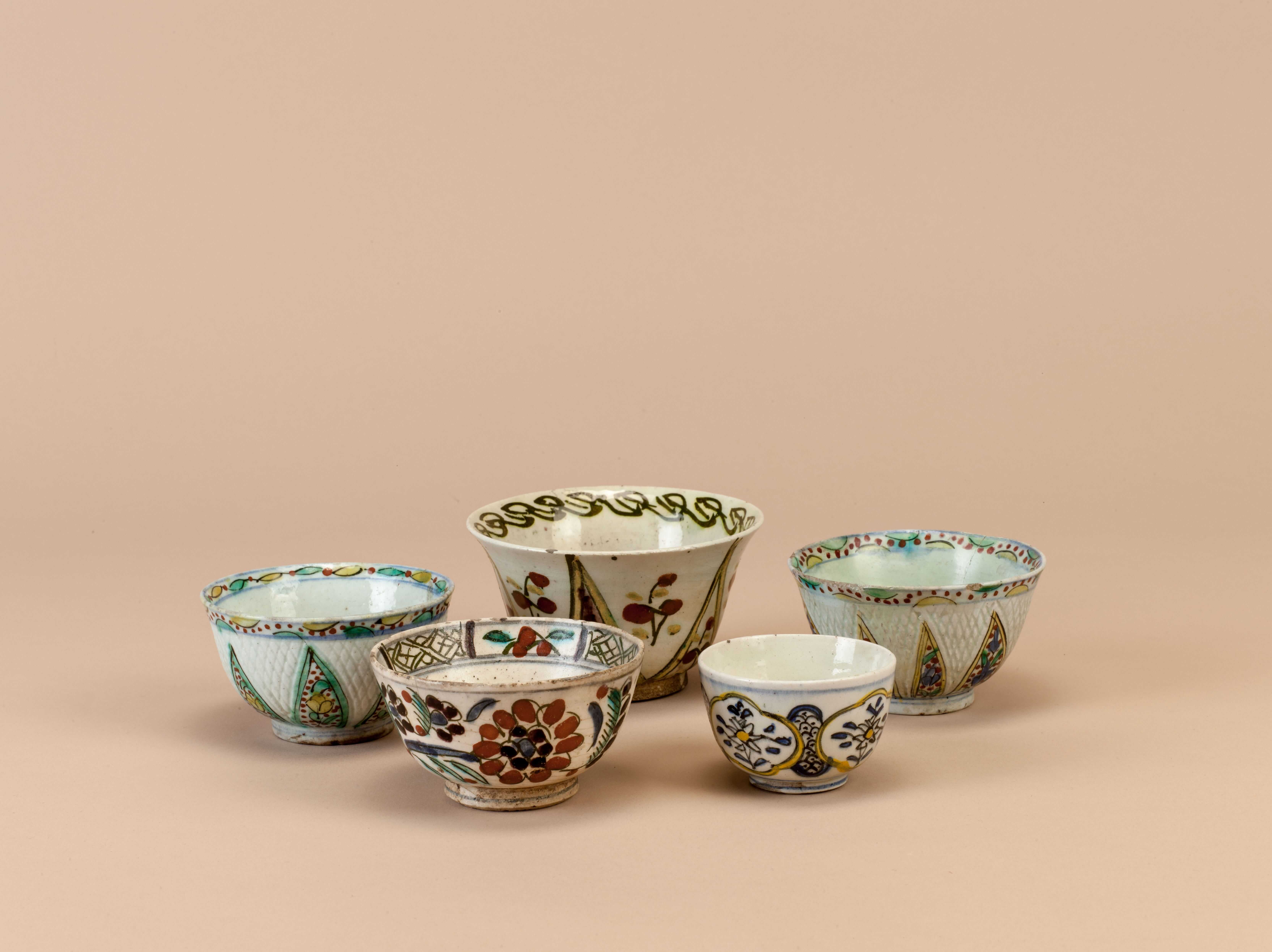Director: Halime Aktürk
Canada, 2024, 14’, DCP, color
Kurdish with Turkish, English subtitles
Ezda is the story of Besime, a young Yazidi mother and survivor of ISIS’s genocide against the Yazidi community. When ISIS invaded the town of Kocho, Yazidis, including most Yazidi men and elderly women, were horrifically murdered by the terrorist regime, while younger women and children were taken as slaves and sold amongst ISIS members. Besime’s husband and many of her family members were murdered, while Besime along with her two sons, were taken and sold as slaves.
Ezda allows Besime to tell her story in her own words, using animation to visualize the trials and horrors she faced at the hands of ISIS, as well as her long journey to safety. Now living in the relative safety of Canada, she and her children reside in a basement apartment devoid of much sunlight, and reminiscent of her experiences while forced to live in ISIS tunnels. Surrounded by photographs of lost loved ones, Besime is constantly faced with her trauma and the reminders of her experiences.

The New Year is more than just a date change on the calendar. It often marks a turning point where the weight of past experiences is felt or the uncertainty of the future is faced. This season, Pera Film highlights films that delve into themes of hope, regret, nostalgia, and new beginnings.

Coffee was served with much splendor at the harems of the Ottoman palace and mansions. First, sweets (usually jam) was served on silverware, followed by coffee serving. The coffee jug would be placed in a sitil (brazier), which had three chains on its sides for carrying, had cinders in the middle, and was made of tombac, silver or brass. The sitil had a satin or silk cover embroidered with silver thread, tinsel, sequin or even pearls and diamonds.
Tuesday - Saturday 10:00 - 19:00
Friday 10:00 - 22:00
Sunday 12:00 - 18:00
The museum is closed on Mondays.
On Wednesdays, the students can
visit the museum free of admission.
Full ticket: 300 TL
Discounted: 150 TL
Groups: 200 TL (minimum 10 people)